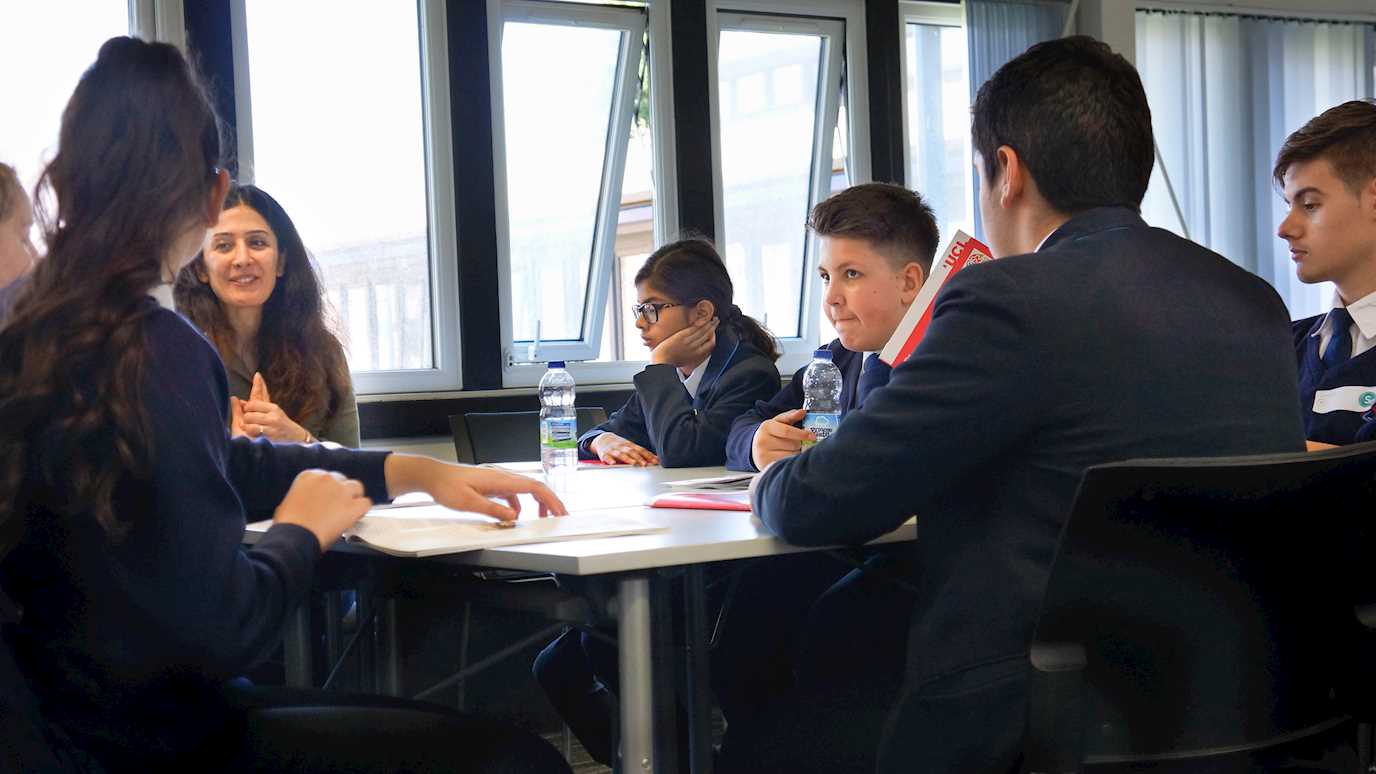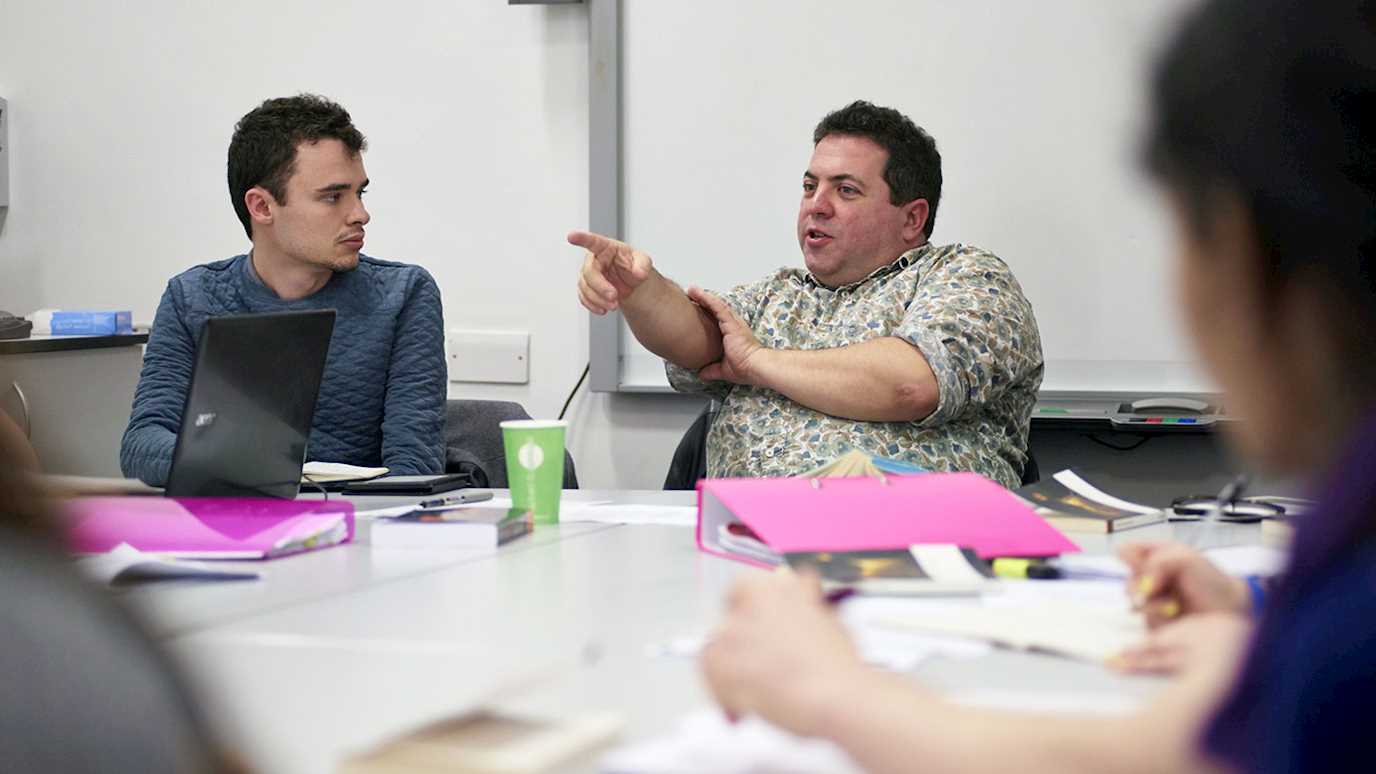Dr Kate McGettigan's TeacherHub>English forum lecture on the context for The Great Gatsby and The Grapes of Wrath
Key Points
The Grapes of Wrath is about human tragedy: about exploitation, company profit, displacement and communities but also about environmental disaster and the dustbowl
Steinbeck's interest in biology, ecology and the environment; the way habitats and life are interdependent and mutually dependent
Environment sometimes has its own agency, and as something that can't be fully understood by humans
Steinbeck's chapter from the point of view of the turtle can be read as an metaphor about the human narrative but potentally decentres the human altogether
Connectivity as not just between humans but between the human world and the animal and natural worlds.
Web links
The Library of Congress Dust Bowl Resources
A series of photographs and audio recordings documenting the lives of Dust Bowl migrants
PBS Dust Bowl Resources
Produced by the US Public Broadcasting company, this website has a series of videos and accompanying lesson plans on the dust bowl
New York Times Grapes of Wrath Teaching Resources
A fantastic collection of lesson plans, newspaper articles (on both contextual topics and Steinbeck himself), multimedia resources and articles
Lingo, M. "Forbidden Fruit: The Banning of The Grapes of Wrath in the Kern County Free Library." Libraries & Culture, vol. 38 no. 4, 2003, pp. 351-377. Project MUSE, doi:10.1353/lac.2003.0069
Open Access article that explores the contemporary reception of The Grapes of Wrath in California, within larger attitudes towards migrant workers.
























